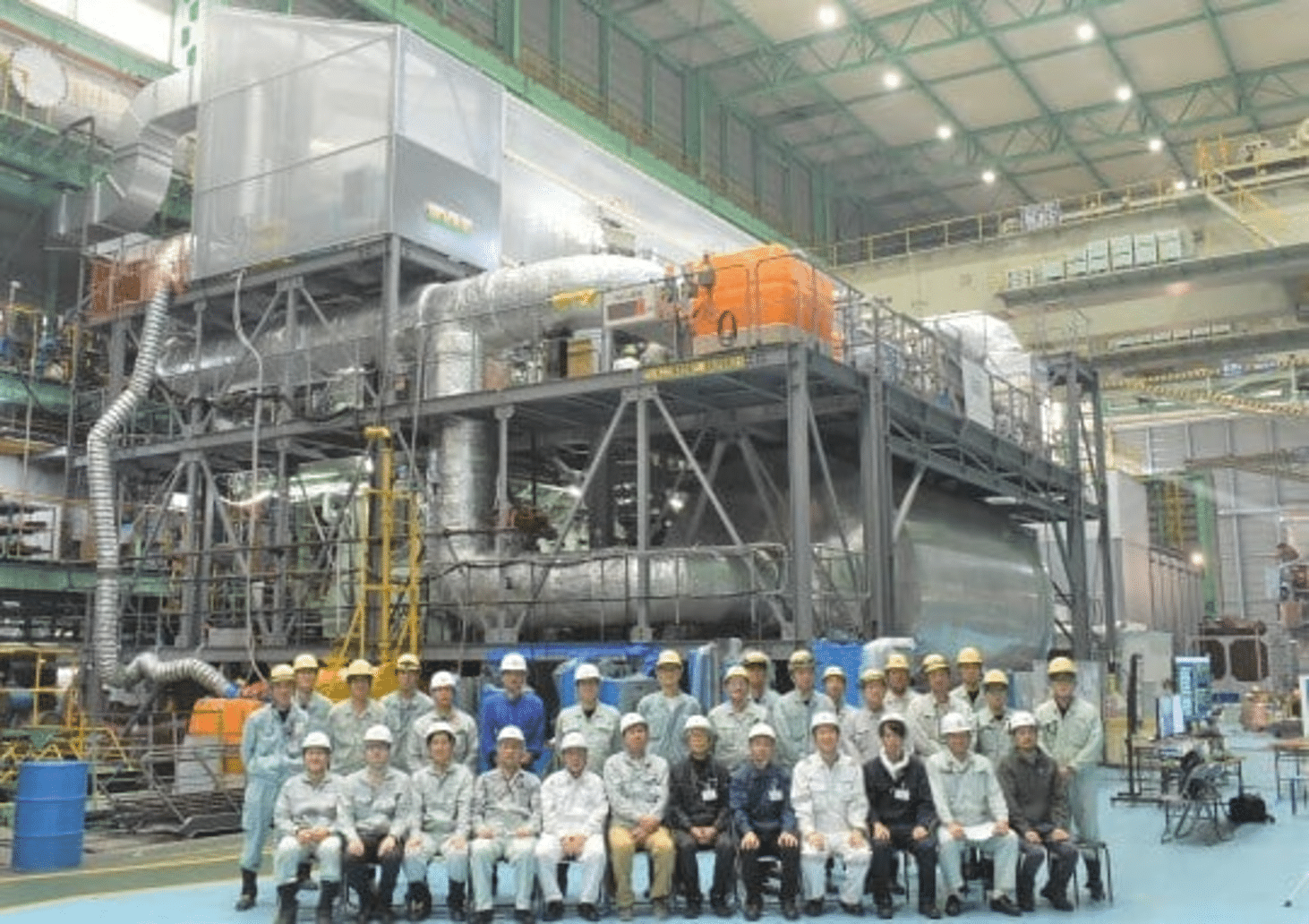J-ENG Tests World’s First Full-Scale Commercial Clean
Japan Unveils Groundbreaking Dual-Fuel Ammonia Engine

In a significant advancement for clean energy in shipping, Japan Engine Corporation (J-ENG) has successfully completed testing of the world’s first full-scale commercial dual-fuel ammonia engine. This innovative engine, funded by Japan’s Green Innovation Fund and certified by ClassNK, is set to be shipped in October 2025 and will be installed on a medium gas carrier at JMU’s Ariake Shipyard, with operations commencing in 2026. The development marks a pivotal step towards reducing greenhouse gas emissions in the maritime industry.
Milestone Testing Achievements
During an intensive four-day testing period from August 27 to 30, 2025, J-ENG’s ammonia engine underwent rigorous evaluations, accumulating 1,700 hours of trial time under various loads. Engineers monitored critical performance metrics, including emissions and safety systems, with a focus on leak detection and post-combustion processes like Selective Catalytic Reduction (SCR). The certification team from ClassNK was present to ensure compliance with maritime safety and environmental standards, confirming impressive results:
-
- Greenhouse Gas Reduction: The engine demonstrated a reduction of over 90% in CO₂-equivalent emissions when operating at high ammonia co-firing rates.
-
- NOx Emissions: The engine produced approximately 50% lower NOx emissions compared to traditional heavy fuel oil engines.
-
- Ammonia Slip: The engine achieved virtually zero ammonia slip, thanks to its optimized SCR and continuous exhaust monitoring.
-
- Thermal Efficiency: The engine’s thermal efficiency matched or slightly exceeded that of heavy oil engines.
This dual-fuel engine, featuring a 7-cylinder design with a 50 cm bore, strikes an optimal balance between power density and operational flexibility. Its dual-fuel injection system allows for seamless transitions between ammonia and heavy fuel oil, ensuring high uptime during fuel changes. Additionally, the advanced SCR technology converts harmful NOx and trace ammonia into harmless nitrogen and water, complying with IMO Tier III regulations while aiming for future zero-emission standards.
Strategic Implications for the Shipping Industry
The introduction of this ammonia engine is not merely a technological achievement; it signifies a major shift in investment and regulatory frameworks within the maritime sector. Major shipping companies, including NYK Line, are already expressing interest in ammonia-powered vessels, while shipyards like Nihon Shipyard (NSY) prepare for the production of these next-generation designs. However, the transition to ammonia as a fuel source necessitates significant infrastructure changes, including dedicated ammonia storage tanks, specialized transfer systems, and updated safety protocols. Feasibility studies are currently underway in Japan, Singapore, and northern Europe to assess the necessary adaptations.
While ammonia is touted as a carbon-free fuel, its environmental impact hinges on its production methods. The focus is on green ammonia, which is generated through renewable-powered electrolysis, ensuring minimal upstream emissions. Looking ahead, J-ENG plans to develop a larger 60 cm bore ammonia engine for ultra-large crude carriers (ULCCs) and bulk carriers, alongside a new factory set to open in 2028 for mass production of both ammonia and heavy fuel oil variants, further advancing industrial decarbonization.
As installation at JMU’s Ariake Shipyard begins in late 2025, the industry will closely monitor key performance indicators such as bunkering turnaround times and real-world operational data. If the engine meets its projected performance metrics, it could prompt regulators to expedite ammonia production regulations and enhance the adoption of zero-emission technologies in maritime transport.
About J-ENG
Founded in 2017, Japan Engine Corporation is a joint venture involving Mitsui E&S Machinery, Mitsubishi Heavy Industries, and Kawasaki Heavy Industries. The company specializes in marine dual-fuel engines and leads research and development efforts in ammonia and heavy fuel oil propulsion, supported by government-backed green shipping initiatives.
